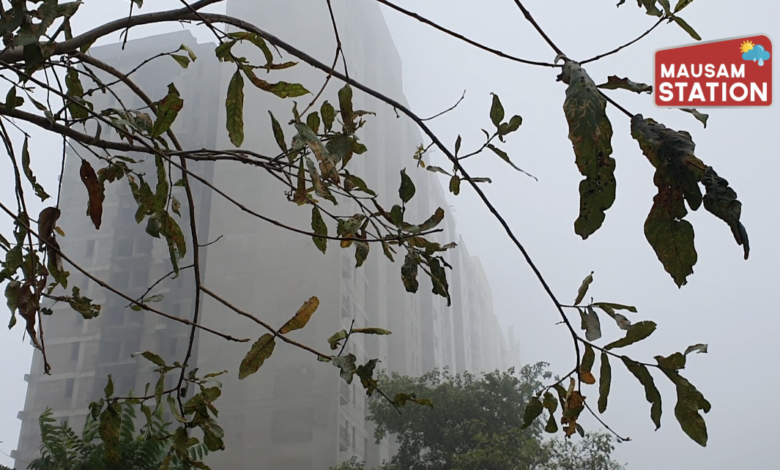Unusual Low Temperatures in India as Consecutive Active WDs Bring Rain and Thunderstorms
The situation worsened from 30 April to 3 May when more stations/areas reported hailstorms

India experienced an unusual weather pattern from 27 April to 4 May 2023 due to the movement of three active Western Disturbances (WDs) across north and central India. This resulted in extensive rain, thunderstorm activities, and cloudy conditions over most parts of the country.
The systems of lower-level wind convergence from Tamil Nadu to Vidarbha and over eastern India also contributed to the unique weather pattern. The colder day maximum temperature was recorded at 35-38 degrees Celsius, which is 3-6 degrees Celsius below normal, over most parts of India from 27-28 April.
On 29 April, due to an increase in clouding periods and thunderstorm activities, daily maximum temperatures further fell, and it was significantly below normal by 5-10 degrees Celsius, mainly over Central India and Rajasthan. The actual maximum temperature was recorded at 28-33 degrees Celsius over these areas, while the rest of India experienced temperatures of 34-38 degrees Celsius, 1-4 degrees Celsius below normal.
The situation worsened from 30 April to 3 May when more stations/areas reported hailstorms. This further enhanced rainfall and thunderstorm activities over the country, resulting in an even greater drop in maximum temperatures. It was recorded at 8-14 degrees Celsius below normal over larger areas of India covering northwest India, central India, Andhra Pradesh, and Telangana. The actual maximum temperature ranged from 25-33 degrees Celsius over the same areas.
This unique low day maximum temperatures pattern was observed to have prevailed for almost four days, covering a large area of the country. Such a weather pattern is quite unusual for India, and it is believed to be due to the movement of consecutive active WDs.
The lower temperatures were welcomed by many citizens, especially those who had been suffering from the heat wave that had been experienced in the country earlier this year. However, the unusual weather pattern also caused some disruptions, such as flooding in low-lying areas due to heavy rains.
The India Meteorological Department (IMD) has urged citizens to stay informed about the weather conditions in their areas and to take necessary precautions, especially in flood-prone areas. The IMD has also warned that such weather patterns may become more frequent in the future due to climate change





